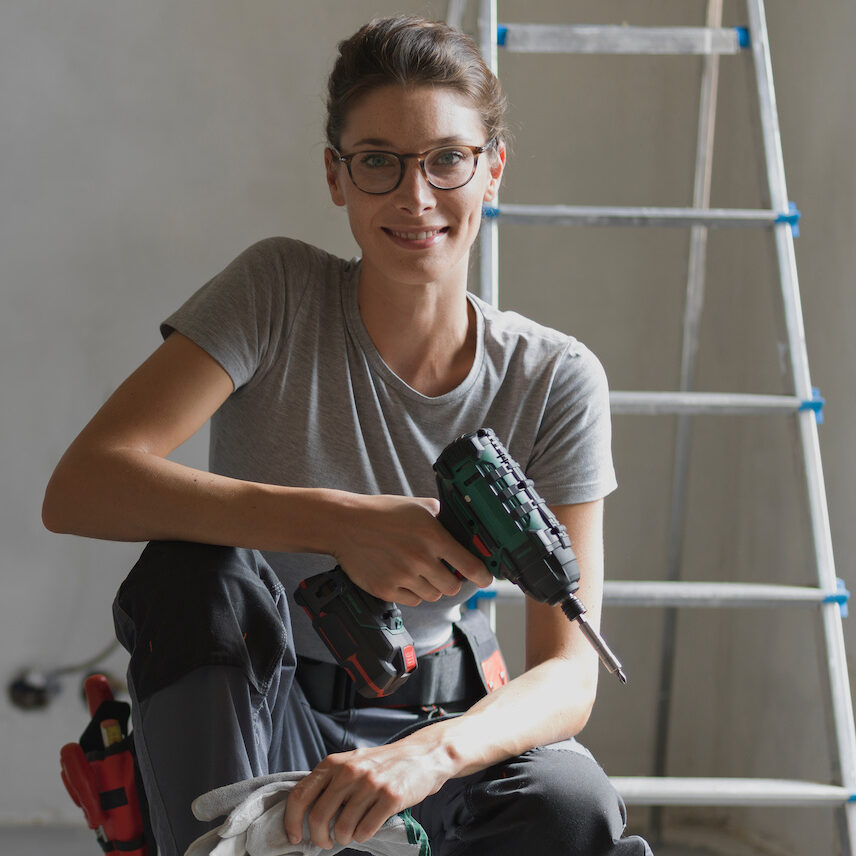
The black-sheep neighborhood of San Francisco tried its hardest to avoid being the cool-kid neighborhood. Gay leather bars mix with wholesale flower warehouses and multi-million dollar conversion lofts. 6th and Mission is hardcore-homeless while blocks away multi-million dollar penthouses soar above neighborhood challenges.
The South of Market area (SOMA) was once a gritty and industrial neighborhood. Like its neighbors to the east, though, SOMA has been transformed over the past 30 years into a dynamic and bustling neighborhood. A bit more eclectic and bohemian than either South Beach or Yerba Buena, it’s a neighborhood where you’re just as likely to find a tech startup adjacent to a neighborhood non-profit as you are a historic warehouse building adjacent to a modern luxury building.
SOMA is home to a fascinating collection of historic buildings. Recent years have seen the arrival of community neighborhood infrastructure that people expect in a residential neighborhood, including grocery stores and updated parks. The area is also subject to a new city plan that envisions lots of new jobs but not as many new homes in the neighborhood.
There are very few free-standing single-family homes, with most homes in SOMA being condos and live/work or conversion lofts. Options for public transit and freeway access are both pretty good. Several of the neighborhood streets serve as feeder streets to both 101 and 80 on-ramps and can be fairly frustrating to navigate during rush hour because of the heavy traffic volumes.
SOMA Neighborhood Vibe
Once gritty and industrial. Like its neighbors to the east, though, SOMA has transformed itself into a dynamic and bustling residential neighborhood. The eclectic and bohemian brother to South Beach and Yerba Buena, where you’re just as likely to find a tech startup adjacent to a neighborhood non-profit as you are a historic warehouse building adjacent to a modern luxury building in this black-sheep of a neighborhood.
Popular SOMA Home Styles
Warehouses converted to lofts. Live/work lofts from circa 2k. Modern condo buildings in low-rise buildings. SOMA Grand towers over the neighborhood at around 21 stories. Quirky alleys with wood-frame unit buildings and a few forgotten single-family homes.
Getting Around in SOMA
Served by transit-rich Market Street along the northern neighborhood boundary and bisected by the elevated portion of I-80, streets were designed for semi-trucks. You can walk it, you can bike it, but lately, we don’t suggest driving it because vehicular traffic is painfully slow.

With 20+ years in the industry and over $400M in sales, we live and breathe San Francisco real estate from Visitacion Valley to The Marina and from Victorians to modern condos. Always fascinated by the people, history, and evolution of our city, we can’t imagine working anywhere else.

We know how to prepare and position your home for top dollar when selling and how to negotiate your best price as a buyer regardless of market dynamics. We work with the right people at the right time, tapping our powerful network of lenders, contractors, artisans, and vendors.

We are counselors and advisers, not salespeople. If you want a deal done, we’ll get a deal done. If you want to push pause, we’ll pause. Your search might last five years and 36 neighborhoods, or one hour and one address. Decades of experience prove we aren’t in this for the quick deal, but the lasting relationship. How about you?
We’re proud of the recognition we’ve earned for excellence in San Francisco real estate representation.
Our broker, Matt Fuller, is a recognized thought leader, white paper author, and media consultant for the real estate industry. He has served as the President of the San Francisco Association of Realtors and the Director of the California Association of Realtors.
We are members of the Top Agent Network, San Francisco’s premier community for the top ten percent of local real estate agents.
We’ve received numerous industry certifications including Certified International Property Specialist (CIPS), Graduate of REALTOR Institute (GRI), and National Association of REALTOR (NAR) Fair Housing.
San Francisco is a city of neighborhoods, each with nuances and a distinct character that make a difference when choosing a home.
We love, live, and work here, and are experts in the details of each of the ninety neighborhoods San Francisco has to offer.
Wherever you are in the home buying or selling journey, we have insights to share. Get in touch with us today.